Categories
Recent Posts
- Southern Cameroons refugees in Nigeria receive farm seedlings
- Douala: Investment Forum wraps up with honors for investment champions
- Understanding the Biya Francophone regime’s support for the Israeli genocide in Gaza
- US: Prosecution lays out ‘criminal conspiracy’ as Trump’s hush money trial opens
- FAO formally launches Green Cities Initiative in Cameroon
Archives
- April 2024
- March 2024
- February 2024
- January 2024
- December 2023
- November 2023
- October 2023
- September 2023
- August 2023
- July 2023
- June 2023
- May 2023
- April 2023
- March 2023
- February 2023
- January 2023
- December 2022
- November 2022
- October 2022
- September 2022
- August 2022
- July 2022
- June 2022
- May 2022
- April 2022
- March 2022
- February 2022
- January 2022
- December 2021
- November 2021
- October 2021
- September 2021
- August 2021
- July 2021
- June 2021
- May 2021
- April 2021
- March 2021
- February 2021
- January 2021
- December 2020
- November 2020
- October 2020
- September 2020
- August 2020
- July 2020
- June 2020
- May 2020
- April 2020
- March 2020
- February 2020
- January 2020
- December 2019
- November 2019
- October 2019
- September 2019
- August 2019
- July 2019
- June 2019
- May 2019
- April 2019
- March 2019
- February 2019
- January 2019
- December 2018
- November 2018
- October 2018
- September 2018
- August 2018
- July 2018
- June 2018
- May 2018
- April 2018
- March 2018
- February 2018
- January 2018
- December 2017
- November 2017
- October 2017
- September 2017
- August 2017
- July 2017
- June 2017
- May 2017
- April 2017
- March 2017
- February 2017
- January 2017
- December 2016
- November 2016
- October 2016
- September 2016
- August 2016
- July 2016
- June 2016
Featured
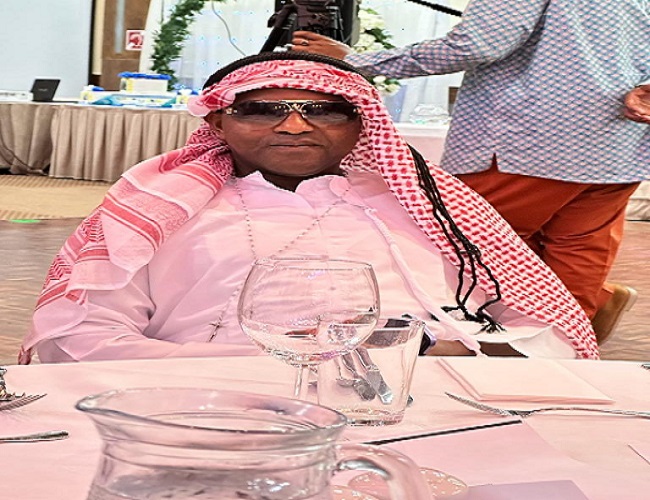 Understanding the Biya Francophone regime’s support for the Israeli genocide in Gaza
Understanding the Biya Francophone regime’s support for the Israeli genocide in Gaza 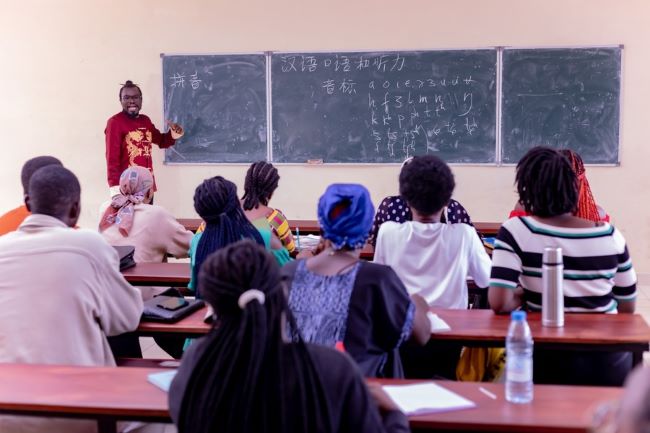 Poverty under Biya: Cameroonians embrace Chinese language for brighter futures
Poverty under Biya: Cameroonians embrace Chinese language for brighter futures 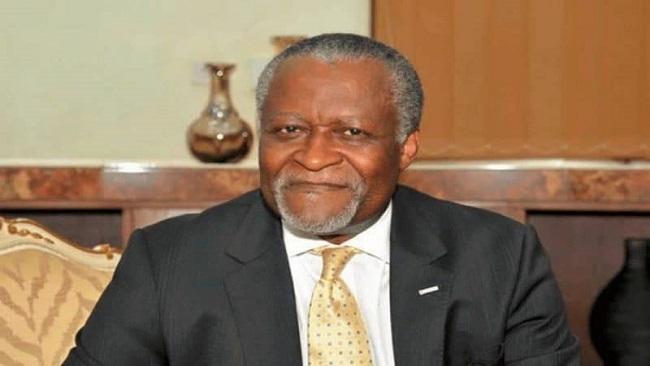 Cameroon is broken: Who can fix it?
Cameroon is broken: Who can fix it? 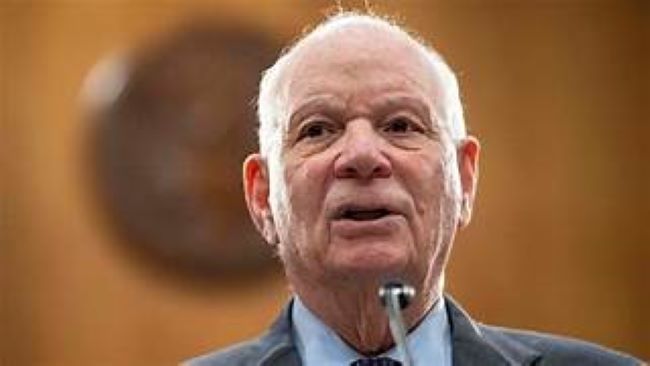 Ethiopia: U.S Senator Cardin Statement on the Killing of Bate Urgessa
Ethiopia: U.S Senator Cardin Statement on the Killing of Bate Urgessa 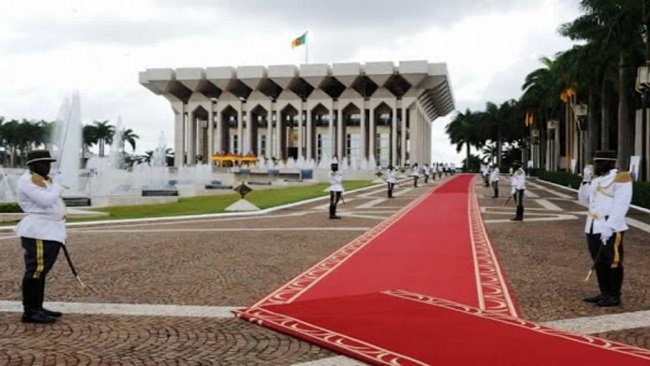 Battle for the Unity Palace: ANNOUNCEMENT!
Battle for the Unity Palace: ANNOUNCEMENT!
Most Commented Posts
 4 Anglophone detainees killed in Yaounde
4 Anglophone detainees killed in Yaounde
19 comments Chantal Biya says she will return to Cameroon if General Ivo Yenwo, Martin Belinga Eboutou and Ferdinand Ngoh Ngoh are sacked
Chantal Biya says she will return to Cameroon if General Ivo Yenwo, Martin Belinga Eboutou and Ferdinand Ngoh Ngoh are sacked
13 comments Anglophone Nationalism: Barrister Eyambe says “hidden plans are at work”
Anglophone Nationalism: Barrister Eyambe says “hidden plans are at work”
12 comments The Anglophone Problem – When Facts don’t Lie
The Anglophone Problem – When Facts don’t Lie
12 comments Largest wave of arrest by BIR in Bamenda
Largest wave of arrest by BIR in Bamenda
10 comments
Latest Tweets
Featured
-
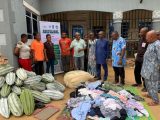
Southern Cameroons refugees in Nigeria receive farm seedlings
-

Douala: Investment Forum wraps up with honors for investment champions
-

Understanding the Biya Francophone regime’s support for the Israeli genocide in Gaza
-

US: Prosecution lays out ‘criminal conspiracy’ as Trump’s hush money trial opens
-
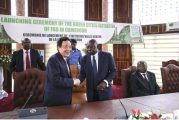
FAO formally launches Green Cities Initiative in Cameroon
-

Football: Barcelona wants Clasico replay if Yamal ‘ghost goal’ call wrong
-
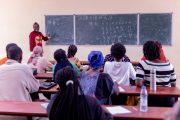
Poverty under Biya: Cameroonians embrace Chinese language for brighter futures
© Cameroon Concord News 2024
15, August 2019
Biya’s Final Push For Southern Cameroons: A journey of many dangers 0
by soter • Editorial, Headline News
President Paul Biya has again ordered a massive deployment of French Cameroun troops to Southern Cameroons. Many political analysts now think that the war in Ambazonia is going to take another twist. But the French Cameroun soldiers are now moving only on the streets of some key towns in the Fako County including Bamenda in the Northern Zone.
The Biya military strategy is to bring about 15,000 army soldiers and gendarmerie to the doorstep of Buea the historic capital of the Federal Republic of Ambazonia that has some 8,000 Ambazonia Restoration Forces in the outskirts of Muyuka, Tiko, Muyenge and Muea ready to take over the city. The war is not going well for French Cameroun military commanders, but taking the fight to Buea and Bamenda has always been what Yaoundé wanted at least to paint a picture of victory to the international community.
French Cameroun Defense Minister Beti Assomo, the Minister Secretary General at the Presidency of the Republic, Ferdinand Ngoh Ngoh and ailing General Rene Meka are now developing several strategies for the days ahead in Southern Cameroons.
One bold approach under consideration is to remilitarize the city of Victoria-Limbe, the main highway linking Muyuka, Tiko and Buea. Another would employ mechanized division to protect Francophone schools in Limbe and Buea to ensure a back to school for French speaking Cameroonians still residing in Southern Cameroons. Either way, Biya and French Cameroun are about to enter a complex phase of the war in the Federal Republic of Ambazonia.
Cameroon Intelligence Report understands the military regime in Yaoundé is making a transition and as a result, it is changing the tactics and techniques of the Southern Cameroons war due to enormous pressure from the international community.
We gathered that instead of the usual maneuvering in the forest and grass fields of both the Southern and Northern Zones of Ambazonia that has claimed the lives of hundreds of French Cameroun soldiers, the French Cameroun military will be operating in the towns and cities. The weapon of choice will no longer be the AK47s, but small arms will be dished out to French Cameroun servicemen and women dressed in civilian clothing. The deployment will also be different. Instead of being compact in barracks, they will be spread out in hotels.
For their part, Ambazonia Vice President Dabney Yerima has ordered Southern Cameroonians not to send their children to school due to the heavy deployment of French Cameroun forces in the territory. The exiled Ambazonian leader told Cameroon Intelligence Report that Southern Cameroons Restoration Forces will attack French Cameroun soldiers wherever and whenever with reliable intelligence about the location and inner workings of those troops stationed in hotels.
The final push in Southern Cameroons is also an attempt to intimidate the Fulanis of the Far North region who some reports have hinted are mobilizing to take up arms against the Biya regime. A special French Cameroun military aircraft has been transporting soldiers to the Far North region in their numbers recently. Yaoundé has so far observed that the Far North redeployments are for combating Boko Haram.
Urban warfare is most certain in this phase of the war in Southern Cameroons and the fighting is going to be centered in Buea, Limbe, Tiko, Bamenda and Kumba. French Cameroun’s security apparatus still controls Buea, Tiko and Limbe in the Fako County and in recent days, the Biya Francophone regime seems to be taken a variety of steps to send a message to the international community that Biya remains in control, including his recent decree decongesting the prisons.
However, the recent blackout in Yaoundé has been seen by some French Cameroun government officials that Biya and the CPDM no longer control basic services. Military deployments in Yaoundé of late also indicate that a major figure is about leaving the country through the back door. This last push in Southern Cameroons may as well be Biya last journey of many dangers.
By Soter Tarh Agbaw-Ebai